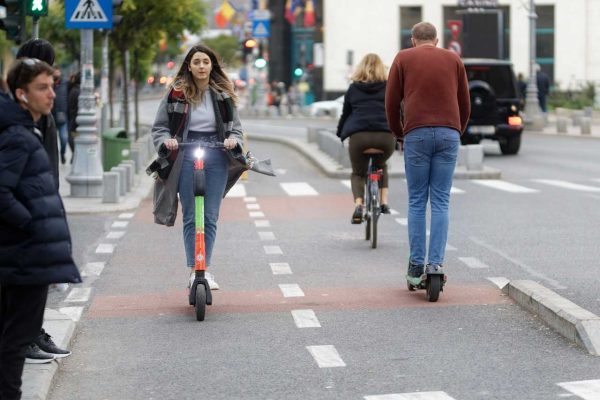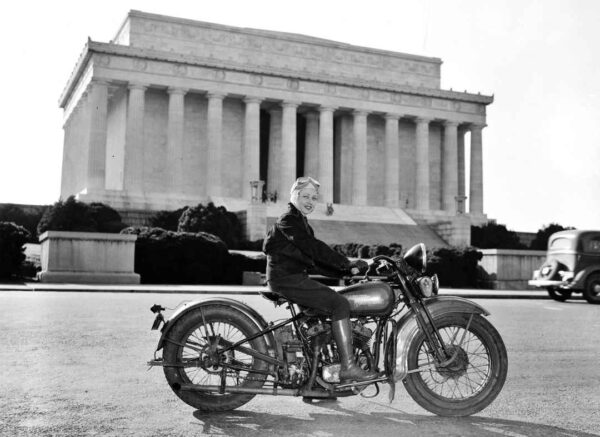BMW’s CEO Says Electric Motorcycles Aren’t Ready
BMW’s CEO Says Electric Motorcycles Aren’t Ready to Compete With Gas Ones “Not now, maybe later.” BMW Motorrad’s new CEO Markus Flasch, who recently took over from Markus Schramm has shelved the company’s full-size EV superbike, the Vision DC Roadster, as well as made some interesting comments about the future of electric motorcycles at BMW […]
BMW’s CEO Says Electric Motorcycles Aren’t Ready Read More »



